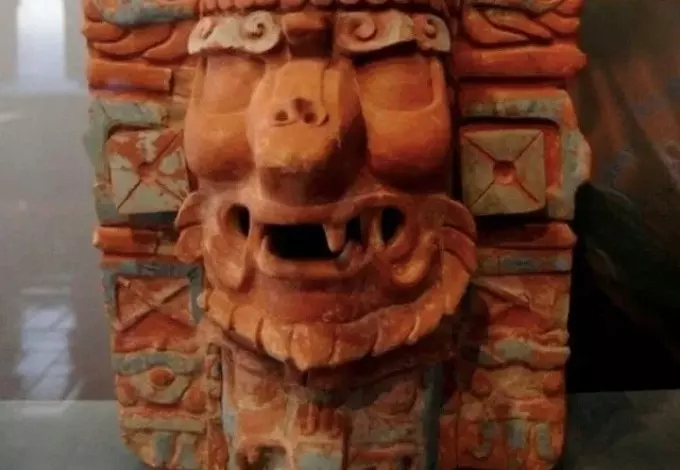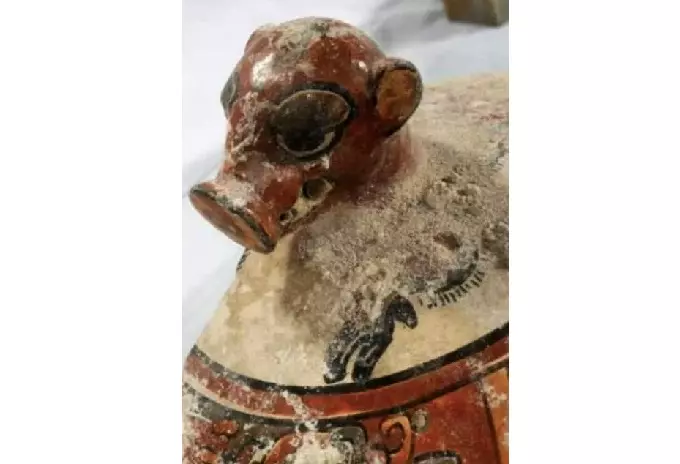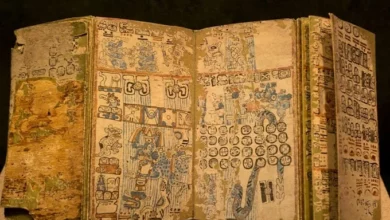Unique Mayan masks and a pyramid of the sun god from Guatemala

A team of archaeologists led by Stephen Houston made a new discovery at an archaeological dig of the Maya civilization in Zoza, Guatemala. First, a team of scientists discovered a pyramid that was previously unknown to modern historians. The building was believed to be used as a temple to worship the sun god.
However, the most important discoveries awaited archaeologists in the pyramid. Among them were unique masks painted in bright colors. According to preliminary data, they were made between 350 and 400 AD.
It is impossible to wear any of these masks. They are clearly not made for the human face-the size and weight are too great. One of the masks is five feet tall. That is slightly less than the height of the average person. The mask is believed to have adorned the top of the El Diablo pyramid.
Now the color has faded. But previously the masks were painted a light red color, explains Edwin Roman, head of the archaeological team at the University of Texas. They show different phases of the sun’s position in the sky. Images of Venus and other planets can be seen between the gods. But the sun still dominates each image.

Stephen Huston of Brown University described the mask art as “a veritable celestial symphony.” Scholars have long known that the Maya worshipped the sun god more than anyone else and made the most precious sacrifices. Until now, no one believed that worship was reflected in such highly artistic objects.
Recall those earlier archaeologists who discovered the Temple of the Night Sun, which was also built by the Maya in the middle or second half of the 4th century AD. During the excavations, scientists found the tomb of an ancient Mayan ruler.

Another royal tomb was discovered during excavations under the El Diablo pyramid, from which many artifacts dating back about 1600 years were excavated. Carved figures on the walls, pottery, and textiles were preserved here. Archaeologists also discovered the remains of six children who were most likely sacrificed.
Let us remember that the ancient Mayan kingdom of El Zotz flourished in the middle of the first millennium AD. Early Maya civilization developed around the city of Tikal, which was absorbed by Caracol and Calakmul. The ruins of El Zotec and Tikal are about 20 kilometers apart.




